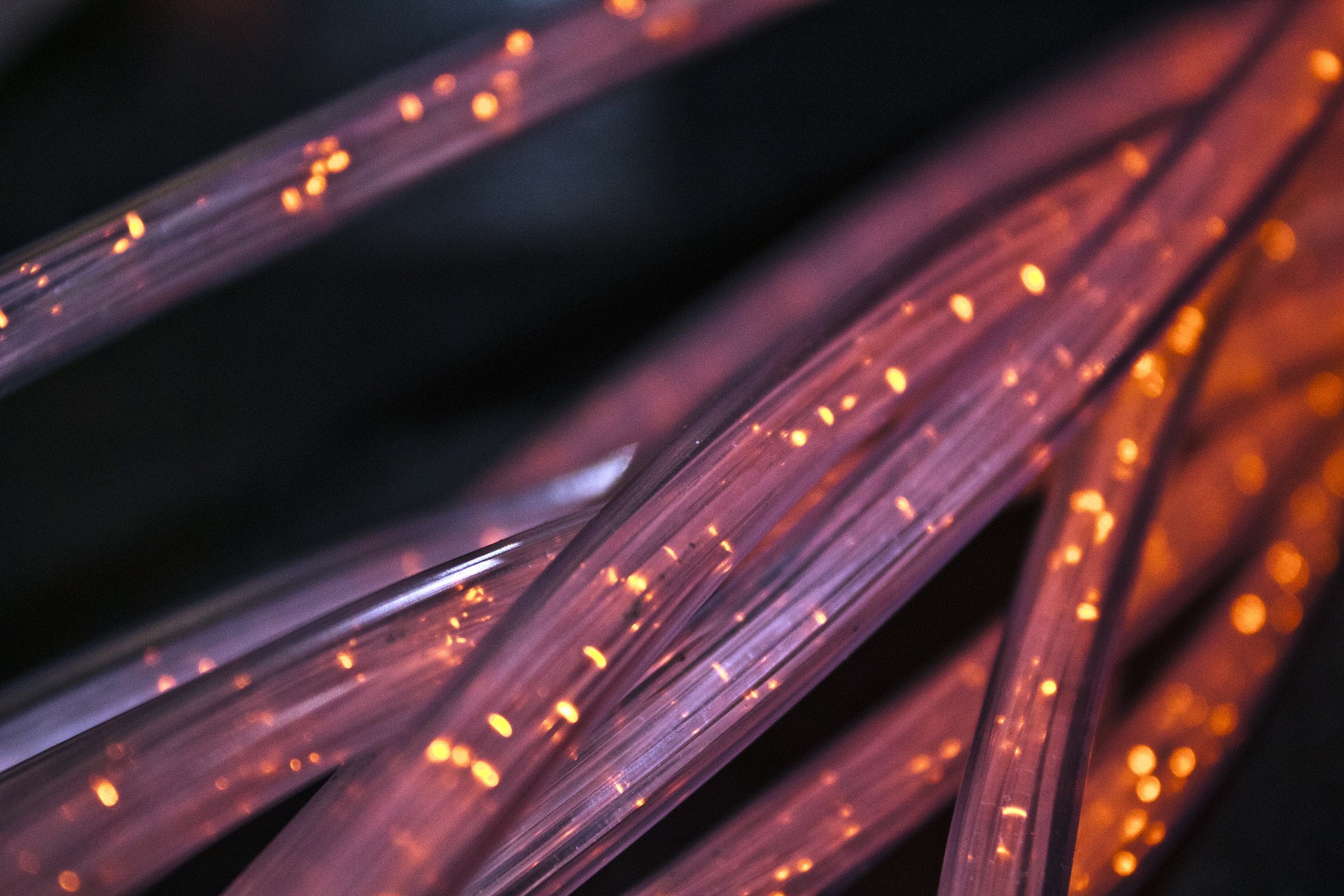© 2000-2023 - Enkey Magazine - All rights reserved
ENKEY SNC - VAT ID IT03202450924 / REA Code CA253701 - Phone. 078162719
Terabit (Terabit Network for Research and Academic Big Data in Italy) is a project aimed at creating an ultra-high-speed line that will connect all Italian scientific communities in the coming years. Let’s explore it together.
The Terabit Project: A digital highway by 2025
The project aims to create an ultra-high-speed, high-performance digital connection network within the next three years. This network will connect the main Italian scientific communities with one another.

Terabit is overseen by the National Institute for Nuclear Physics, the National Institute for Oceanography and Experimental Geophysics, the Garr Consortium, and Cineca.
The project has been funded by Pnnr, during Mission 4, with 41 million euros.
On the digital highway, data will be able to travel up to a million times faster than current networks.
Of course, all the entities involved in the project will be connected to the network. It also plans to integrate and enhance three existing infrastructures: Garr-T, Prace Italy, and HPC-BD-AI.
The National Research Center for High Performance Computing, Big Data, and Quantum Computing ICSC in Bologna is also involved in the project.
“Terabit unites and enhances three powerful existing communication networks that now extend across the entire territory, also helping to bridge the digital divide where it still exists, thus eliminating differences in access to high-performance computing“, explained Mauro Campanella, the scientific head of Terabit.
The infrastructure will be based on the latest generation of dedicated optical fiber and will connect the entire national territory, enabling data exchange at a terabit per second.
In the coming years, data will increase exponentially
During the Terabit presentation event, the organizers explained how, in the coming years, we will be overwhelmed by an unprecedented wave of data.

“In the coming years, an unprecedented wave of data will arrive. The great challenge will be to transmit the data quickly, store it, and analyze it to extract value. To do all this, we need minds as well as infrastructure“, explained Antonio Zoccoli, President of the National Institute for Nuclear Physics.
Who will produce this wave of data? Initially, it will be the research centers and scientific communities themselves, but soon data will also come from other sectors, such as industry, medicine, or even agriculture.
The objectives of Terabit
Terabit will support scientific research throughout the entire national territory. Various tools are becoming increasingly essential for research, such as high-performance computing, complex numerical measurements, artificial intelligence, machine learning, and digital twin technology.

In recent years, the use of these tools has grown exponentially, and they have collected an unprecedented amount of data.
However, what is missing is an ultra-high-speed, high-performance network capable of transporting, processing, and storing such a vast amount of data.
Einstein Telescope in Sardinia
The infrastructure will also reach Sardinia, in support of the Einstein Telescope, the European project for a third-generation interferometer capable of detecting gravitational waves.
This is an international project expected to produce a vast amount of data. These data will need to be shared not only across the entire national territory but also internationally.
The Sos Enattos site is the candidate to host this amount of data, which requires an ultra-fast interconnection. Already, 1,400 scientists and 80 research units from around the world are working on the Einstein Telescope project.
“Large research infrastructures are necessary to ensure progress. And for this reason, Terabit is a fundamental asset for Sardinia’s candidacy in the project,” stated Michele Patruno, coordinator of the Einstein Telescope project.
This post is also available in:
 Italiano
Italiano

